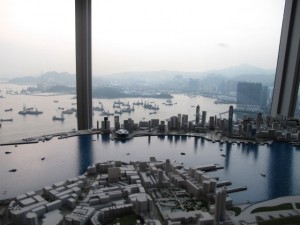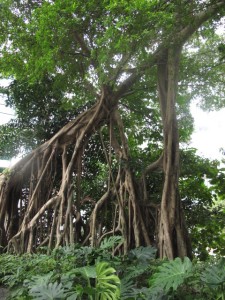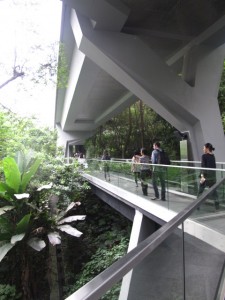 Before I was able to catch up with the fast pace of life in Hong Kong, time got ahead of me as well, and the second week was over. Monday morning of week two we were given assignment two: use video format to narrate the story of an element of our site’s landscape. The video was meant to show patterns of how this element shaped the physical landscape within the settlement and the values created in this site that makes it a place.
Before I was able to catch up with the fast pace of life in Hong Kong, time got ahead of me as well, and the second week was over. Monday morning of week two we were given assignment two: use video format to narrate the story of an element of our site’s landscape. The video was meant to show patterns of how this element shaped the physical landscape within the settlement and the values created in this site that makes it a place.
At first we found it extremely difficult to narrow this story down to a 3-minute video. Like I mentioned before, the identity of Lei Yue Mun was blurred and it didn’t seem fair to try and explain the identity to others when I didn’t fully understand it myself. I had to dig my way out of this rabbit hole of politics and land rights I was lost in.
 Rather than creating a story line ourselves, we decided to allow the video footage we captured and the still shots to tell the story to us. Lei Yue Mun is very much a poetic place, and the images and videos were powerful enough to speak alone with the added effects of music. Our goal was to evoke emotion and guide the audience on an experiential journey through Lei Yue Mun. This introduces the development and memory of the site, the fishing industry and its consequences, the occupation of natural and human shaped spaces, and the strengths, struggles, values and transitions of the new and old community.
Rather than creating a story line ourselves, we decided to allow the video footage we captured and the still shots to tell the story to us. Lei Yue Mun is very much a poetic place, and the images and videos were powerful enough to speak alone with the added effects of music. Our goal was to evoke emotion and guide the audience on an experiential journey through Lei Yue Mun. This introduces the development and memory of the site, the fishing industry and its consequences, the occupation of natural and human shaped spaces, and the strengths, struggles, values and transitions of the new and old community.
When the video began our whole group was a little anxious questioning if everyone else would follow the inexplicit story, but fortunately the crowds response was receptive to the message.
Almost a week later, and the Lei Yue Mun images are still flashing through my mind. I continue to spectacle what design moves could be made to define the blurred identity and the messy transitions of public and private spaces within the site. How could one make these public and private spaces not only clear, but also individually viable? How could tourism through the area be organized in a way that does not disturb or degrade the current residents daily life and landscape? Or how an economy could be built in order to encourage the younger generations to stay? What could be done with vernacular ecological design to meet the resident’s basic human needs and enhance the natural landscape, cultural heritage, and economy? The most obvious immediate and specific improvements would tackle the lack and complications of connections, ventilation, shading, utilities, garbage, and water. This sounds like a potential comprehensive project for me!
 Overall, I felt like our group worked really well especially the added communication and language hurdle. We had funny little misunderstandings that we were able to work through and laugh about, while finishing strong in the end. With my professional dreams of working abroad with cultural landscapes, these two weeks were certainly a little slice of reality in what it would be like to cross culture collaborate. It was an enlightening experience that I will always hold in my memories. (Click on the links below to view the Lei Yue Mun final board and the video)
Overall, I felt like our group worked really well especially the added communication and language hurdle. We had funny little misunderstandings that we were able to work through and laugh about, while finishing strong in the end. With my professional dreams of working abroad with cultural landscapes, these two weeks were certainly a little slice of reality in what it would be like to cross culture collaborate. It was an enlightening experience that I will always hold in my memories. (Click on the links below to view the Lei Yue Mun final board and the video)
Final Board, Lei Yue Mun Group